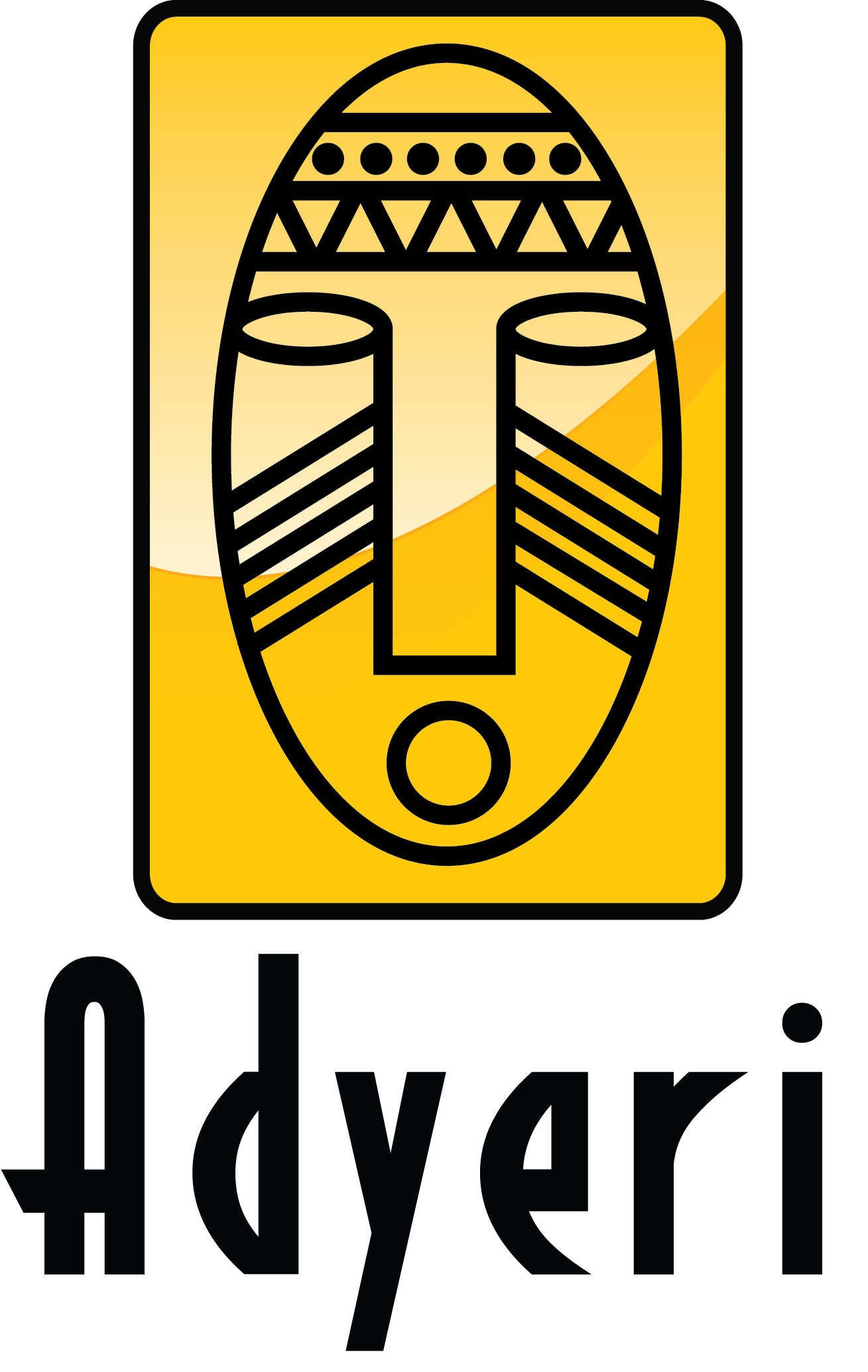Best Places to see the Majestic Shoebill Stork in Uganda
Shoebill stork is a wading bird found in papyrus marshes of tropical East Africa in the Great Lake region. It has a shoe-shaped bill with a sharp hook, a short neck, darkish plumage, and long legs. It feeds on small animals, including lungfish, snails, baby crocodiles, frogs, and turtles.
Uganda is an East African country inhabiting about 1,061 bird species today in different habitats like semi-arid areas, savannah areas, lowland areas, montane rainforests, swampy areas, volcanoes, lakes, rivers, and many other habitats. Uganda has 50% of all the bird species in Africa and 11% of the world’s bird species hence making it a birders’ haven.
Among the wide variety of birds in Uganda-the papyrus gonolek, pallid harrier, African fish eagle, swamp flycatcher, malachite kingfisher, African marsh harrier, African ground hornbill, handsome francolin, Uganda also inhabits the rare shoebill which are found in some of the swampy habitats of the country like Mabamba close to Lake Victoria which is the closest to Kampala covering a distance of 36km from the city center - about 50 kilometers from Kampala to Mabamba Swamp, Nile Delta spot in Murchison Falls National Park, Rugogo swamp in Ziwa Rhino Sanctuary, Lake Mburo National Park and Semuliki National Park near Lake Albert. Although the rare shoebill can easily be found in the wetland areas of Uganda, there are other African countries where these magnificent birds can be spotted like Tanzania, Rwanda, South Sudan among others. There are about 1000 shoebills in Uganda today which would have been more than that but the decrease in number is brought about by fishermen storming their habitats who hunt them with a belief of them being a bad omen.
The shoebill can also be called the “the whale- headed stork” because of its enormous head size. The Arabs call it “Abu maruk” which means the father of shoes.
Nile Delta Boat Cruise -Murchison Falls National Park
Both the morning and evening boat cruise to the Nile delta give our tourists an opportunity to see these highly sought birds when you are in Murchison Falls National Park. The hunt for the rare shoebill stork as well as other bird species like goliath heron, swamp flycatcher, Abyssinian ground hornbill, giant kingfishers, malachite is so rewarding and every birder's dream on Birding Safari in Uganda.
Facts about the elusive Shoebill Stork
Shoebills storks have very few predators since they aggressively, they defend their young ones but sometimes the young ones and eggs are killed and eaten respectively by the nest predators. Shoebills also build their nests in spots that can’t be easily accessed by the predators.
Shoebills’ main diet is the lungfish. Mature Shoebills grow up to 4 feet tall which enables them to stand still in the water, wait for unsuspecting fish to appear then it swiftly collapses on target spreading its wings and diving down bill fast to ambush the fish. Then by its mouth, it decapitates it by grinding the sharp edges of its bill together.
Shoebills are under extinction, there are about 8000 mature shoebills according to the IUCN Critically Endangered in the world today and the number is decreasing. However, both local and international conservation bodies are playing a great role in conserving them like monitoring in their habitats in East Africa. Kindly contact Adyeri Creations Limited for tailored Birding Safaris, Gorilla Tracking and Habituation Experience, Chimpanzee Tracking and Habituation, Big 5 Safaris, Mountain Hiking, Marine Adventure among other expeditions in the Pearl of Africa.


